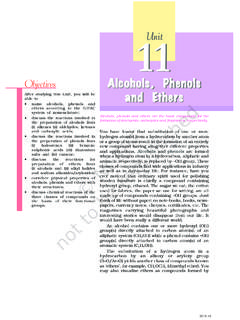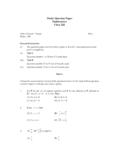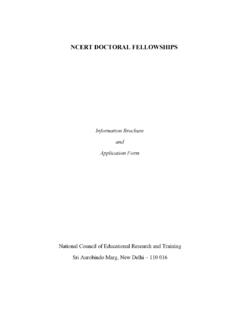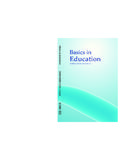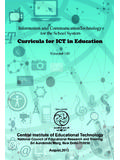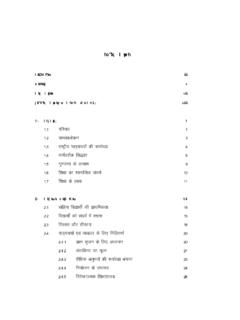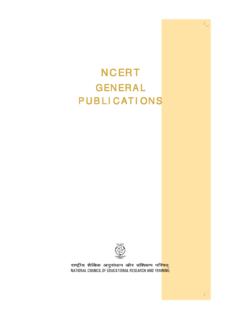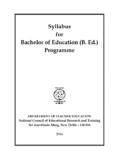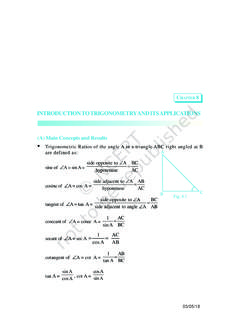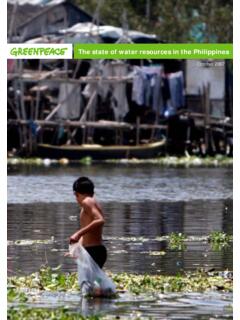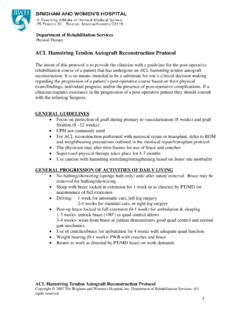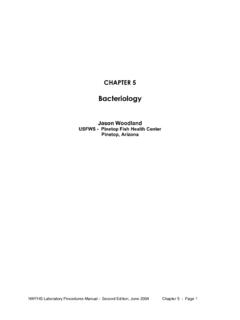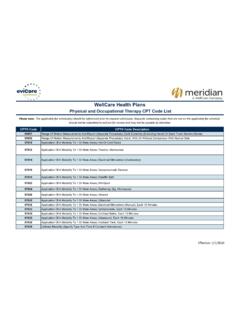Transcription of 4 ANIMAL KINGDOM - NCERT
1 46 BIOLOGYWhen you look around, you will observe different animals with differentstructures and forms. As over a million species of animals have beendescribed till now, the need for classification becomes all the moreimportant. The classification also helps in assigning a systematic positionto newly described OF CLASSIFICATIONI nspite of differences in structure and form of different animals, there arefundamental features common to various individuals in relation to thearrangement of cells, body symmetry, nature of coelom, patterns ofdigestive, circulatory or reproductive systems.
2 These features are usedas the basis of ANIMAL classification and some of them are discussed of OrganisationThough all members of Animalia are multicellular, all of them do notexhibit the same pattern of organisation of cells. For example, in sponges,the cells are arranged as loose cell aggregates, , they exhibit cellularlevel of organisation. Some division of labour (activities) occur amongthe cells. In coelenterates, the arrangement of cells is more complex. Herethe cells performing the same function are arranged into tissues, hence iscalled tissue level of organisation.
3 A still higher level of organisation, ,organ level is exhibited by members of Platyhelminthes and other higherphyla where tissues are grouped together to form organs, each specialisedfor a particular function. In animals like Annelids, Arthropods, Molluscs, ANIMAL KINGDOMCHAPTER ofAnimals2021-22 ANIMAL KINGDOM4747 ANIMAL KINGDOME chinoderms and Chordates, organs haveassociated to form functional systems, eachsystem concerned with a specific physiologicalfunction. This pattern is called organ systemlevel of organisation.
4 Organ systems in differentgroups of animals exhibit various patterns ofcomplexities. For example, the digestive systemin Platyhelminthes has only a single openingto the outside of the body that serves as bothmouth and anus, and is hence calledincomplete. A complete digestive system hastwo openings, mouth and anus. Similarly, thecirculatory system may be of two types:(i) open type in which the blood is pumpedout of the heart and the cells and tissues aredirectly bathed in it and(ii) closed type in which the blood is circulatedthrough a series of vessels of varying diameters(arteries, veins and capillaries).
5 SymmetryAnimals can be categorised on the basis of theirsymmetry. Sponges are mostly asymmetrical, , any plane that passes through the centredoes not divide them into equal halves. Whenany plane passing through the central axis ofthe body divides the organism into two identicalhalves, it is called radial , ctenophores and echinodermshave this kind of body plan (Figure ).Animals like annelids, arthropods, etc., wherethe body can be divided into identical left andright halves in only one plane, exhibit bilateralsymmetry (Figure ).
6 And TriploblasticOrganisationAnimals in which the cells are arranged in twoembryonic layers, an external ectoderm andan internal endoderm, are called diploblasticanimals, , coelenterates. An undifferentiatedlayer, mesoglea, is present in between theectoderm and the endoderm (Figure ).Figure germinal layers :(a) Diploblastic (b) Triploblastic(a)(b)EctodermMesogleaEndod ermMesodermFigure (b) Bilateral symmetryFigure (a) Radial CoelomPresence or absence of a cavity between the bodywall and the gut wall is very important inclassification.
7 The body cavity, which is linedby mesoderm is called coelom. Animalspossessing coelom are called coelomates, ,annelids, molluscs, arthropods, echinoderms,hemichordates and chordates (Figure ). Insome animals, the body cavity is not lined bymesoderm, instead, the mesoderm is present asscattered pouches in between the ectoderm andendoderm. Such a body cavity is calledpseudocoelom and the animals possessing themare called pseudocoelomates, ,aschelminthes (Figure ). The animals inwhich the body cavity is absent are calledacoelomates, , platyhelminthes (Figure ).
8 Figure sectional view of :(a) Coelomate (b) Pseudocoelomate(c) AcoelomateThose animals in which the developing embryo has a third germinal layer,mesoderm, in between the ectoderm and endoderm, are calledtriploblastic animals (platyhelminthes to chordates, Figure ). some animals, the body is externally and internally divided intosegments with a serial repetition of at least some organs. For example, inearthworm, the body shows this pattern called metameric segmentationand the phenomenon is known as NotochordNotochord is a mesodermally derived rod-like structure formed on thedorsal side during embryonic development in some animals.
9 Animals withnotochord are called chordates and those animals which do not form thisstructure are called non-chordates, , porifera to OF ANIMALSThe broad classification of Animalia based on common fundamentalfeatures as mentioned in the preceding sections is given in Figure KINGDOM4949 ANIMAL KINGDOMThe important characteristic features of thedifferent phyla are PoriferaMembers of this phylum are commonly knownas sponges. They are generally marine and mostlyasymmetrical animals (Figure ). These areprimitive multicellular animals and have cellularlevel of organisation.
10 Sponges have a watertransport or canal system. Water enters throughminute pores (ostia) in the body wall into a centralcavity, spongocoel, from where it goes outthrough the osculum. This pathway of watertransport is helpful in food gathering, respiratoryexchange and removal of waste. Choanocytesor collar cells line the spongocoel and the is intracellular. The body is supportedby a skeleton made up of spicules or sponginfibres. Sexes are not separate (hermaphrodite), , eggs and sperms are produced by the sameindividual.
